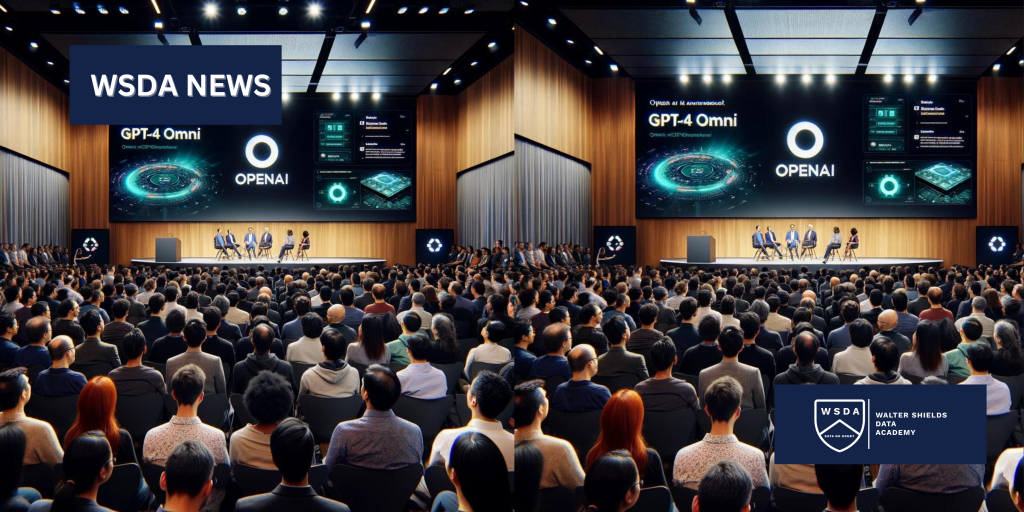GPT-4o Unveiled: Here’s What You Need To Know

OpenAI has once again pushed the boundaries of artificial intelligence with the unveiling of GPT-4 Omni, or GPT-4o, a multimodal large language model that promises to revolutionize real-time conversations, Q&A, text generation, and much more. Announced on May 13, 2024, during OpenAI’s Spring Updates event, GPT-4o stands as the company’s new flagship model, demonstrating cutting-edge capabilities in text, vision, and audio.
The Legacy of OpenAI’s GPT Family
The GPT family of large language models (LLMs), including GPT-3 and GPT-4, alongside the ChatGPT conversational AI service, has been foundational to OpenAI’s success and popularity. GPT-4o builds upon this legacy, marking a new evolution for the GPT-4 LLM introduced in March 2023.
Innovative Multimodal Capabilities
The “O” in GPT-4o stands for Omni, reflecting the model’s multiple modalities in text, vision, and audio. Unlike its predecessors, GPT-4o can understand and interact with any combination of these inputs and generate responses in any of these forms. This multimodal nature is not just marketing hyperbole; it’s a significant leap forward that combines the capabilities of separate models into one cohesive system.
Real-Time Audio Response
One of the standout features of GPT-4o is its rapid audio input response. With an average response time of 320 milliseconds, it mimics human-like interaction, making conversations feel more natural and intuitive. Furthermore, GPT-4o can generate AI-driven voice responses that sound remarkably human, enhancing the user experience in voice-activated systems and interactive storytelling.
Enhanced Functionality and Performance
At the time of its release, GPT-4o was the most capable OpenAI model in both functionality and performance. It retains the ability to perform common text LLM tasks such as text summarization and generation, bolstered by its integration of text, voice, and vision into a single model. This makes it adept at understanding and responding to a variety of data types at impressive speeds.
Sentiment and Context Understanding
GPT-4o’s multimodal capabilities extend to understanding user sentiment across text, audio, and video. It can generate and comprehend spoken language, making it applicable for real-time translation, audio content analysis, and more. Additionally, with support for up to 128,000 tokens in its context window, the model can maintain coherence over longer conversations or documents, making it ideal for detailed analysis.
Advanced Features for Paid Users
While GPT-4o will be available to free users of OpenAI’s ChatGPT chatbot, these users will have restricted access to certain advanced features, such as vision, file uploads, and data analysis. Paid subscribers, however, will enjoy full access to GPT-4o without these limitations. Developers can also integrate GPT-4o into applications via OpenAI’s API, unlocking its full potential for various tasks.
Integration with Desktop Applications
OpenAI has already integrated GPT-4o into desktop applications, including a new app for Apple’s macOS launched on May 13. The model is also available for preview in the Microsoft Azure OpenAI Studio, crafted to handle multimodal inputs. This initial release allows Azure OpenAI Service customers to test GPT-4o’s functionalities, with plans to expand its capabilities further.
The Future of GPT-4o
As part of OpenAI’s ongoing mission to democratize AI technology, GPT-4o sets a new standard for what multimodal AI models can achieve. From real-time interactions and detailed analysis to seamless integration across applications, GPT-4o represents a significant step forward in AI innovation.
Data No Doubt! Check out WSDALearning.ai and start learning Data Analytics and Data Science Today!

